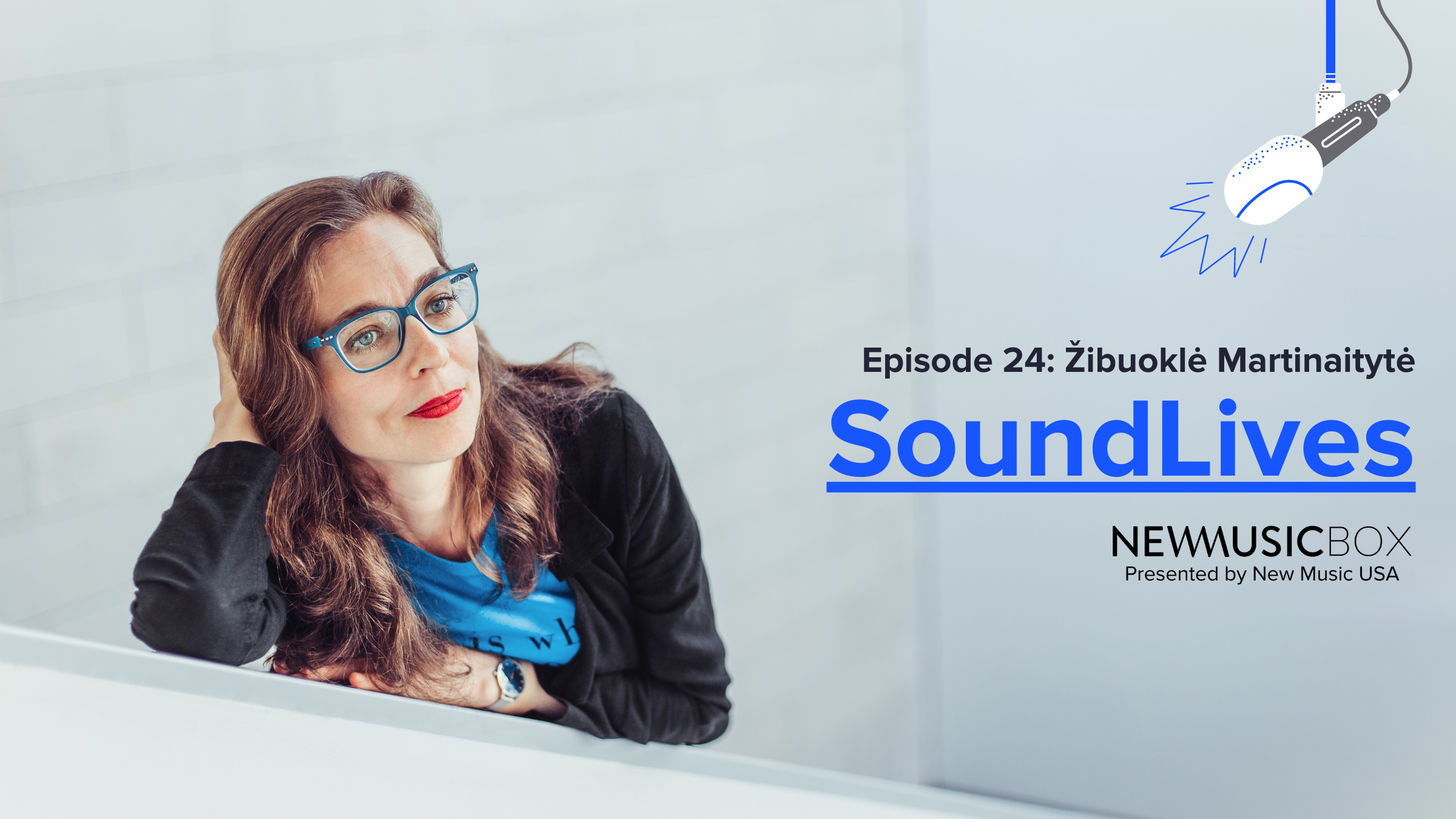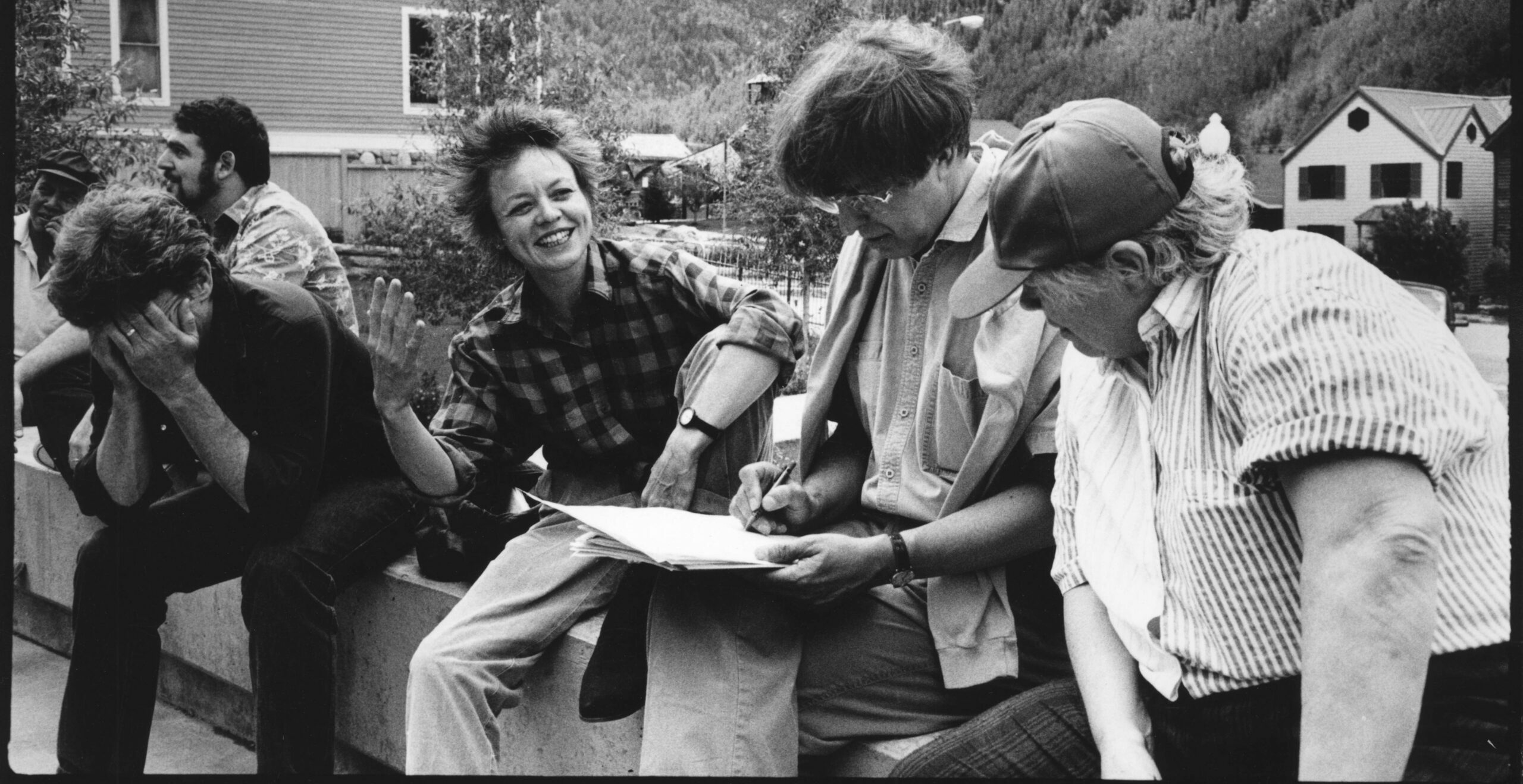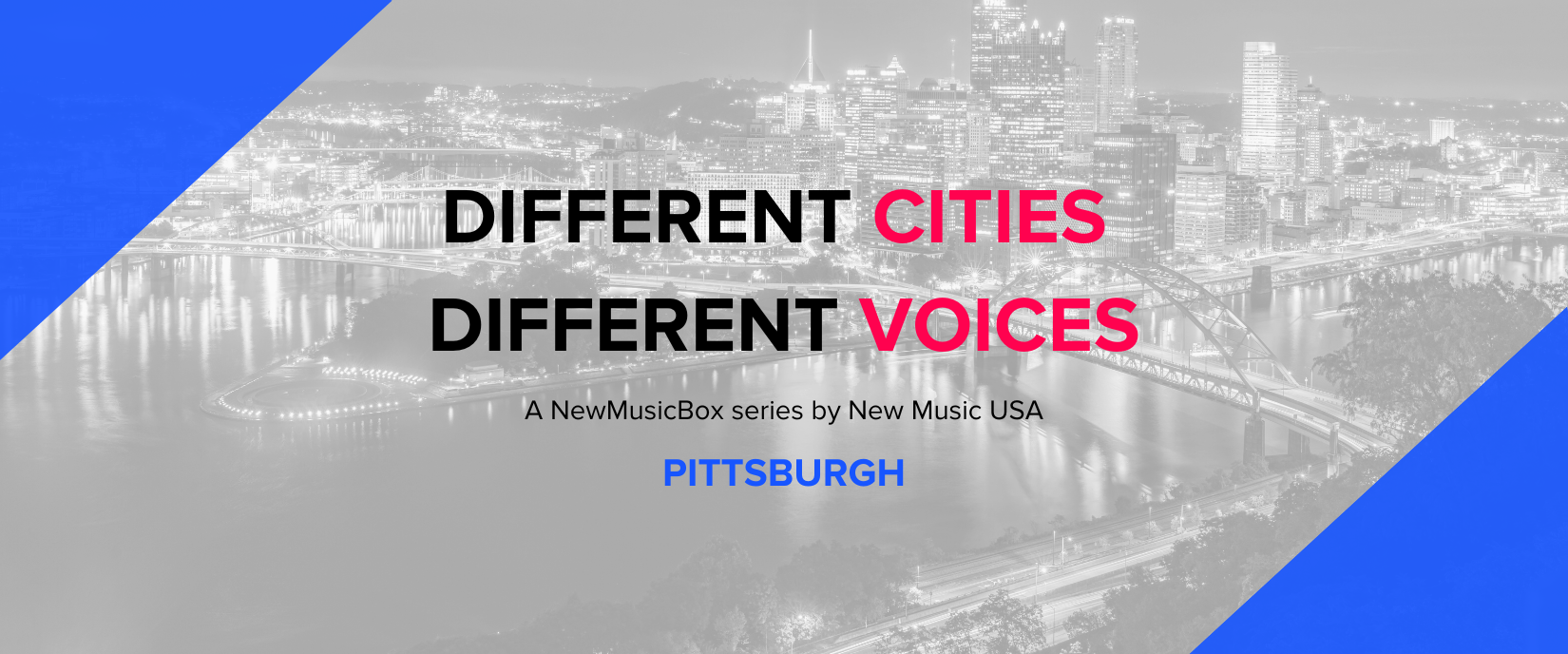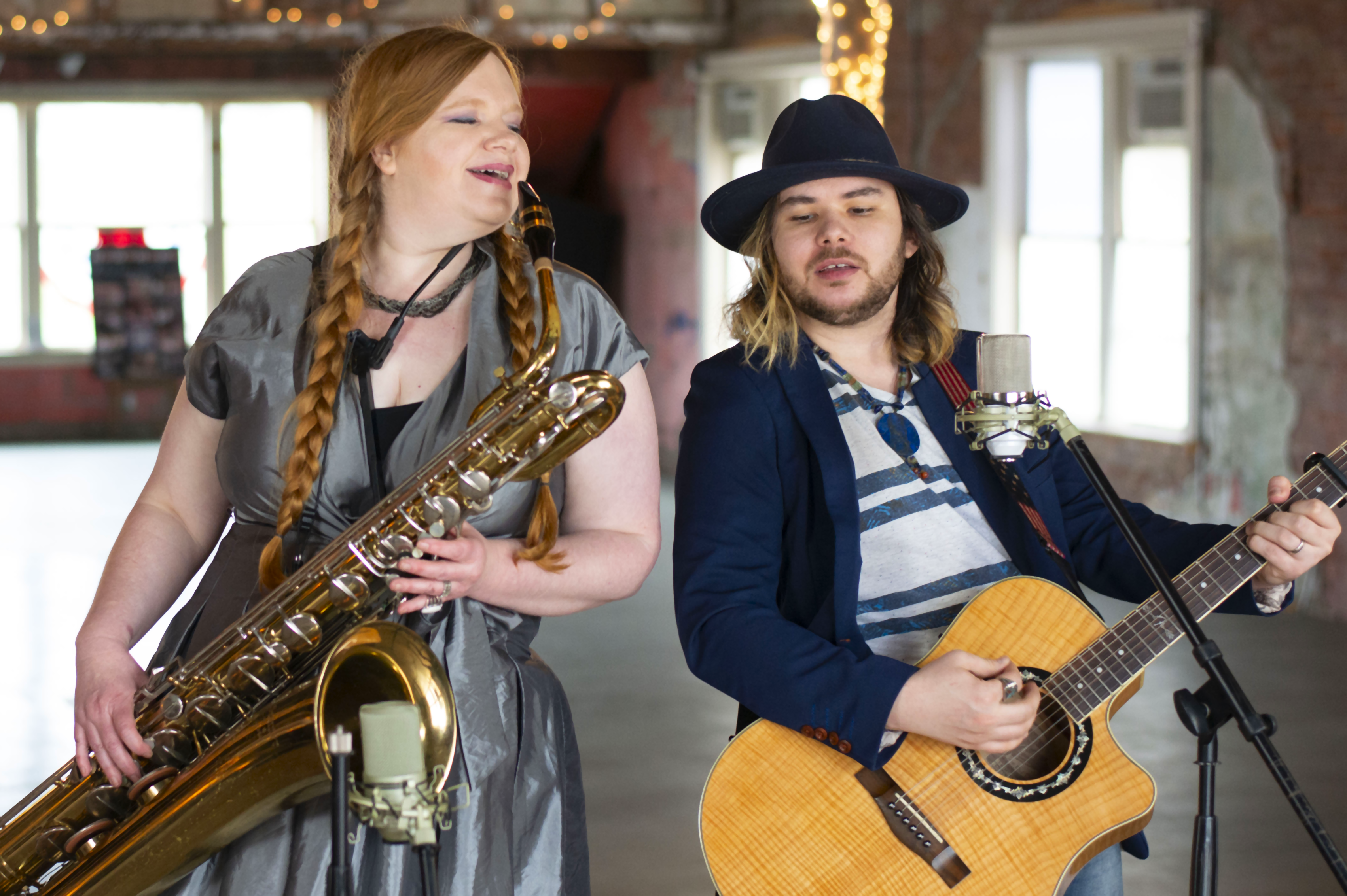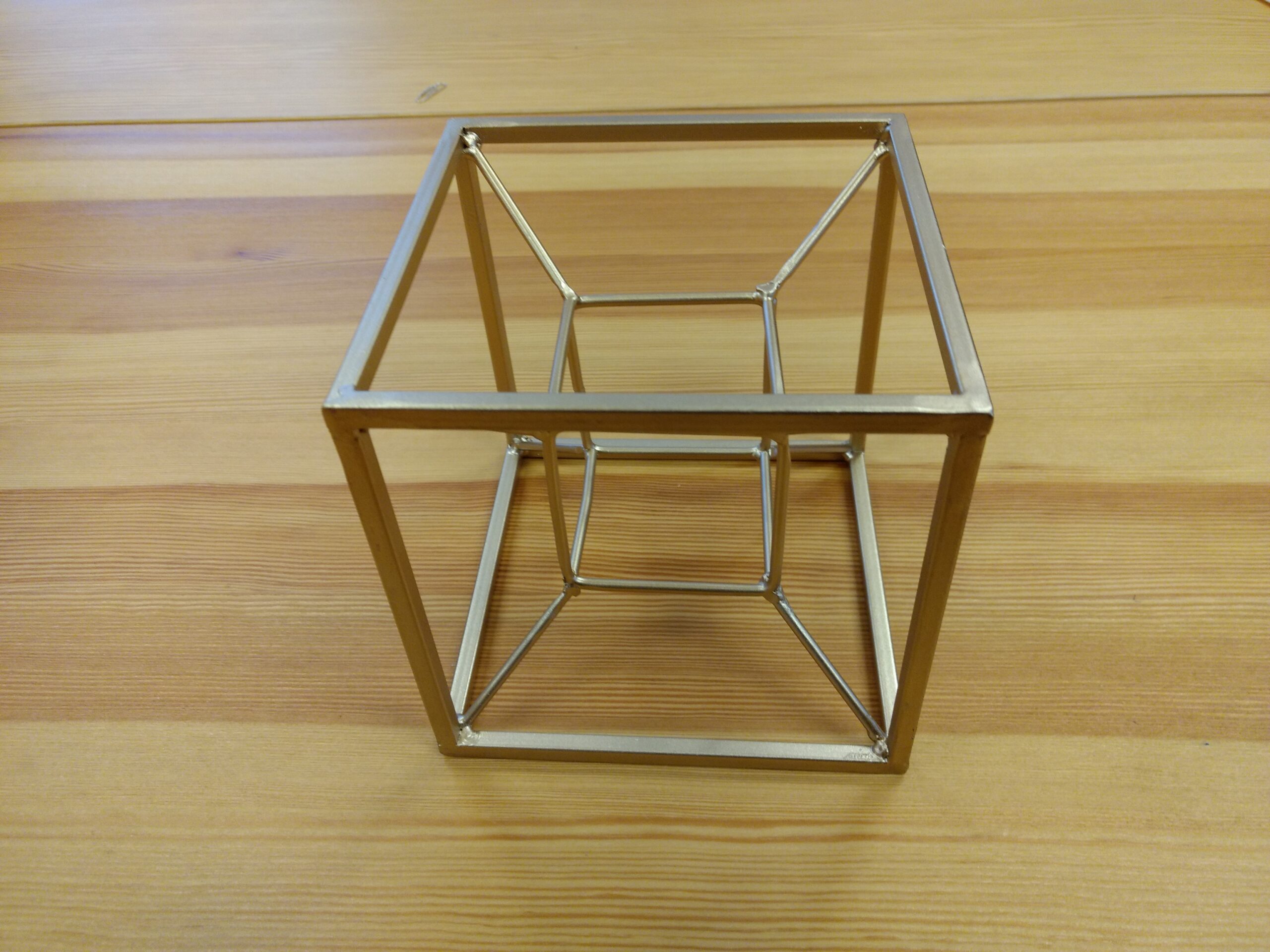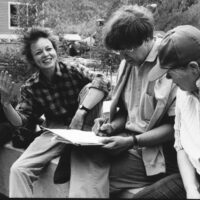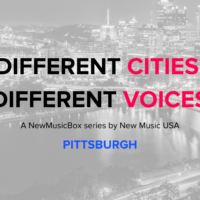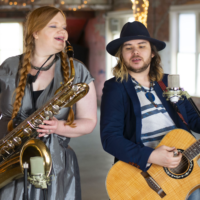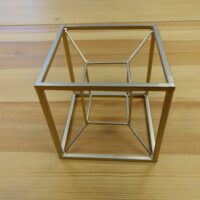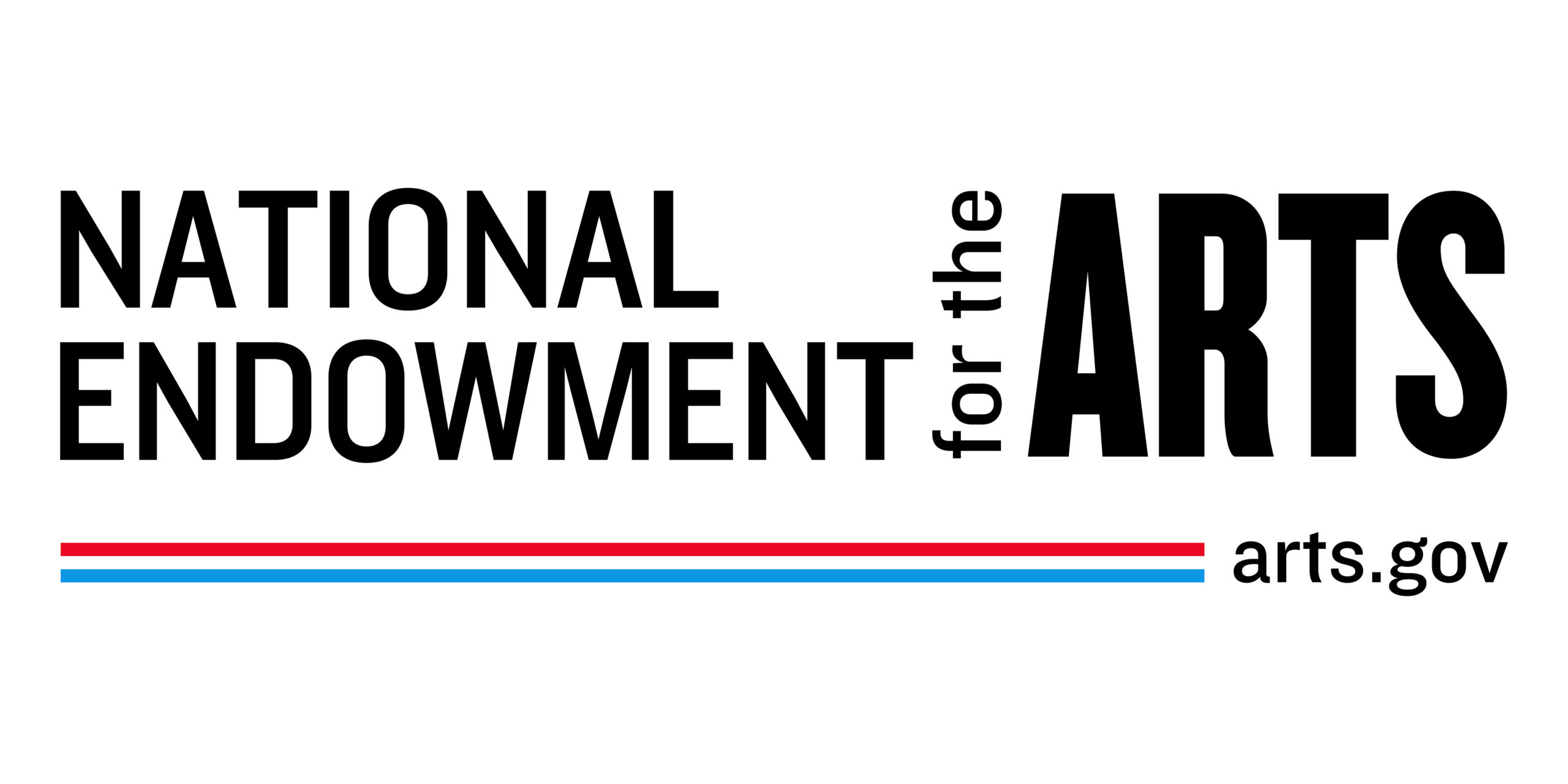
It has been more than three quarters of a century since the bebop revolution transformed how people made music together. So it is not surprising that so few musicians who came to prominence during that era are no longer with us, especially since so many had tragically short lives. But what is more surprising is that one of these musicians, 92-years young Randy Weston, is still actively performing and composing and evolving, although to him there really isn’t a clear distinction between old and new music.
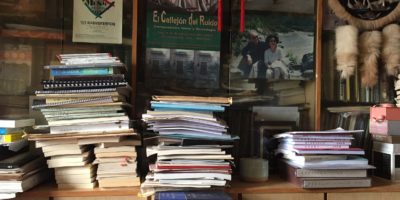
There is very little effort made to bridge the gap in cultural understanding. This is where the intersection of Chinese traditional music and new music has the potential to play an important role.
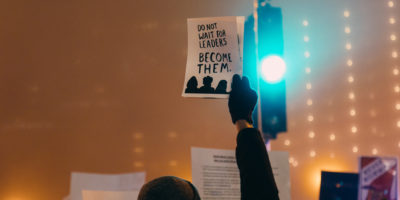
Through interviews with women leaders from grassroots music organizations from all over the country, we explore topics related to managing ensembles and festivals, commissioning, curating, and creating collegial workspaces where women’s voices can be heard.
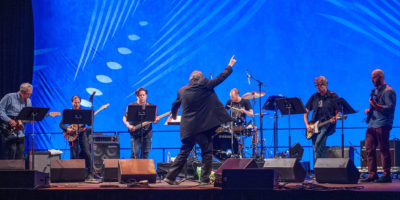
Scientists say that black holes are so dense with matter that light isn’t able to escape. Such fierce density is theorized but not experienced. Imagine a sound that is the black hole of sounds. Every possible location on the sound spectrum has been filled.
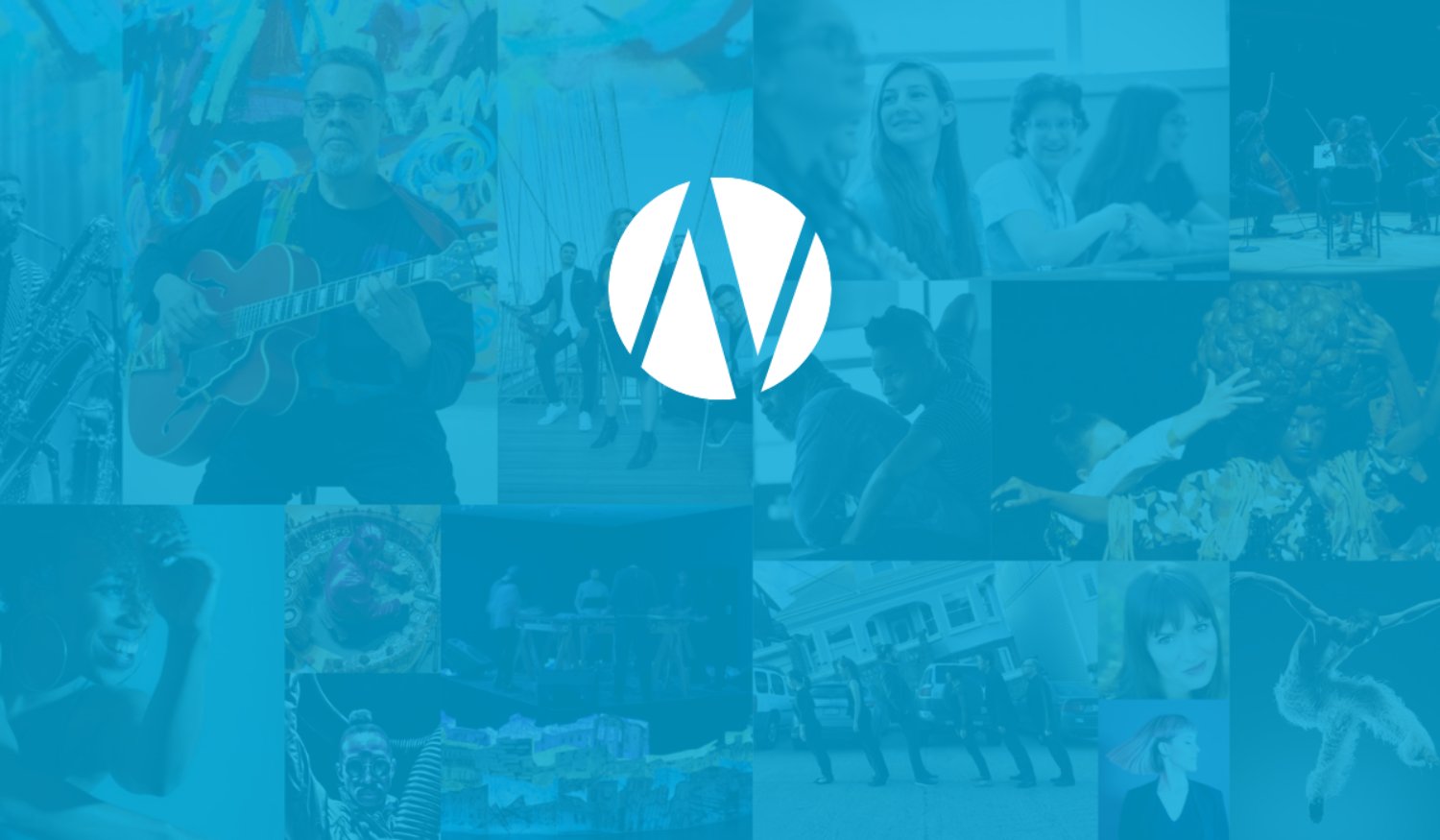
Upon returning from my first stay in China in 2016, I began to seek out works by living Chinese writers in order to help enrich my understanding of the country beyond the music I had studied. Librettist Kendall A. suggested the poetry of Zheng Xiaoqiong’s (郑小琼), and I was struck by both the power of her words and the evocations of a side of China I had only seen hints of.
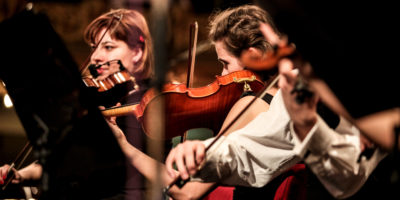
Any new music or new message has problems with reception, but women, in particular, have problems with reception in music.
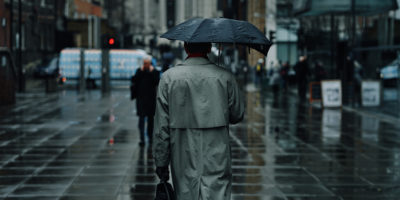
While I do not claim to hold technical qualifications to discuss the weather or emotional psychology, I do intend to write from my own experience, with sincerity and imagination. In the following sections, I will attempt to bring emotions to life, expressed in music, and retold as weather.
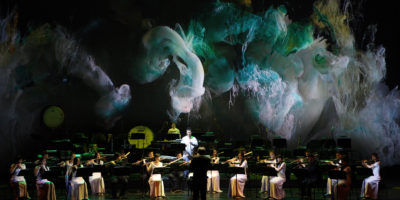
In its five years of existence, the Chinese Bamboo Flute Orchestra (中国竹笛乐团) founded by Zhang Weiliang (张维良), has done substantial work. It has commissioned and promoted the music of living composers. It has used modern technology to innovate the design and subsequent construction of new dizi. It has also increased competency of Chinese musicians in playing in non-traditional ensemble settings. And, finally, in addition to protecting and innovating Chinese traditional music, the orchestra has raised the profile of Chinese music internationally.
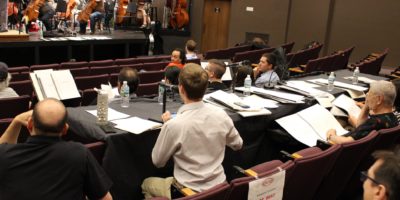
Carlos Bandera has been awarded the ACO’s 2018 Underwood Commission and Tomàs Peire Serrate received the 2018 Audience Choice Commission. Both will receive $15000 to write new works that will be premiered by ACO in a future season.
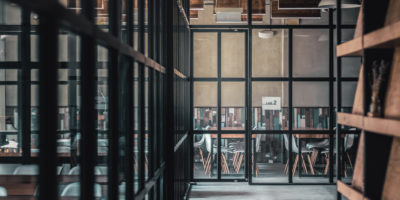
The sea change that is needed in the music world to balance gender inequities must begin from and be reinforced through our music educators.
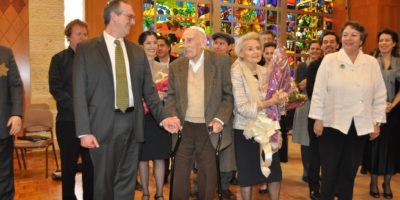
There are such a variety of types of stories that could conceivably be transformed by composers and librettists when creating an opera; many recent operas have been based on well-known movies or novels, or on recent events in history. But sometimes a riveting plot for a dramatic work can be found in the stories of the people in one’s own life—and the close personal connections in such stories can be significant in generating the emotional energy needed to create and present a new opera.
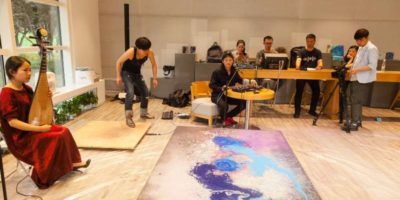
In March 2015, I arrived in Beijing to study Chinese musical instruments for what started as a six-month stint and then sprawled into a year. It was an immersive experience, and one which changed my life.
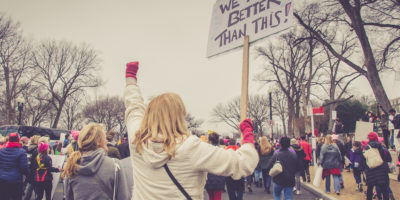
How can we broaden our scope to increase the visibility of the vast amount of music composed by women? At least THREE THOUSAND OF THEM.
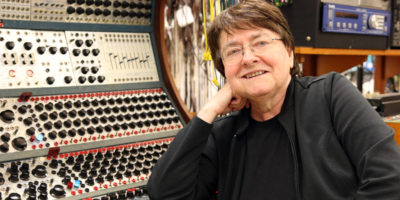
Daria Semegen’s compositional output consists of fixed media and performed works as well as pieces that combine both, often including improvisation. Her electronic music studio at Stony Brook University, where she has taught since 1974, has a wide variety of vintage synthesizers and oscillators as well as state of the art digital equipment plus four reel-to-reel tape work stations for editing pre-recorded sounds using classic studio techniques such as splicing. “I tend not to like to work boxed into one box, she explains. “The job of a composer is to choose!”
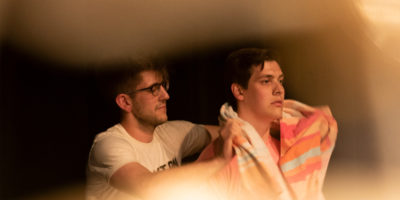
Saxophonist Nick Zoulek, one of this year’s Blackbird Creative Lab fellows, also took his camera along to document his experiences and was kind enough to open his photo journal up for us.
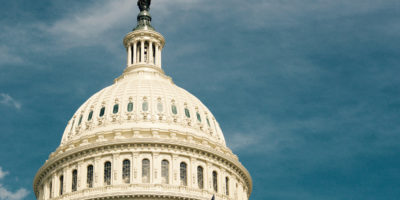
We know that the life-changing capacity of music is worth fighting for, but can its voice be heard on Capitol Hill?
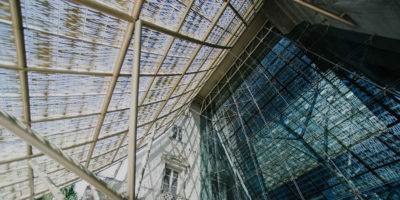
The longer I trace my own career and observe the careers of students, friends, and colleagues, the more I see the complicated lineage that leads to and from each piece, each performance, each commission, each award, and each royalty check. It doesn’t take much of an initial difference in the rates of commissioning, performing, or promoting works by women for the cumulative effect over the years to become striking.

Adam Schumaker wraps up his four-part live streaming primer with a discussion covering post-stream content benefits, licensing agreements, and some encouragement to think beyond the scope of what you are able to do by yourself.
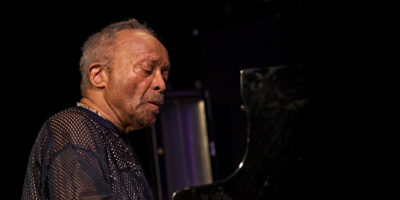
Having worked with Cecil, I felt like I could make music with anybody on the planet and I do.
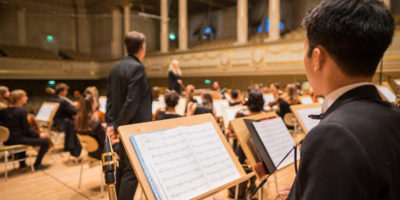
College music ensembles have seen a significant decline in membership. This week, Cas Martin digs into potential barriers for continuing music education and proposes cost-effective methods for ensemble retention and recruitment.
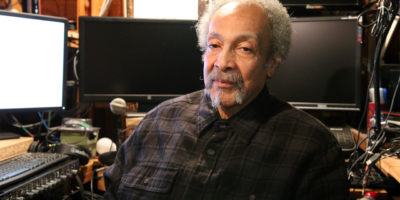
Jake Meginsky’s “Full Mantis,” the first-ever feature film about Milford Graves, is set to open nationally this July, and to celebrate the filmmaker has shared this exclusive new trailer with us.
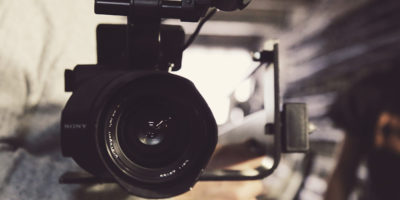
This week, Adam Schumaker continues his series primer on live streaming with a review of the basic technical requirements, but without diving in so deep that you get lost. By the end of the post, you’ll be armed with the basic skills and gear knowledge required to get a live stream up and running.
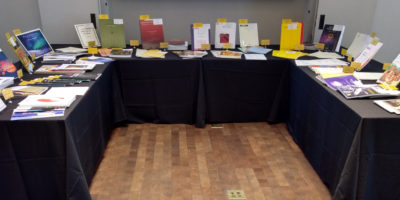
The 2018 Paul Revere Awards for Graphic Excellence were announced during the annual meeting of the Music Publishers Association at The Redbury in New York City.
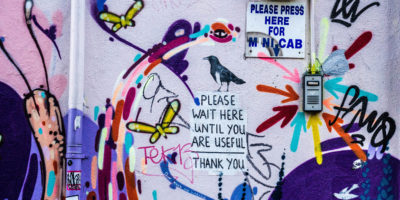
Groups from the New York Philharmonic to the San Francisco Symphony hold an obligation to their namesake communities. But socioeconomic and demographic gaps can create tension between the ensemble and the community at large. With the right mindset, however, one can set a foundation for a healthy relationship. The key: don’t help. Instead, serve.
